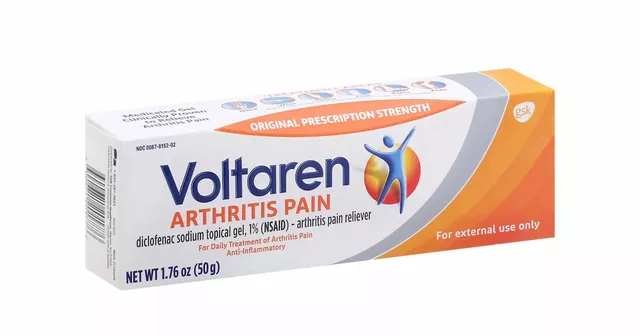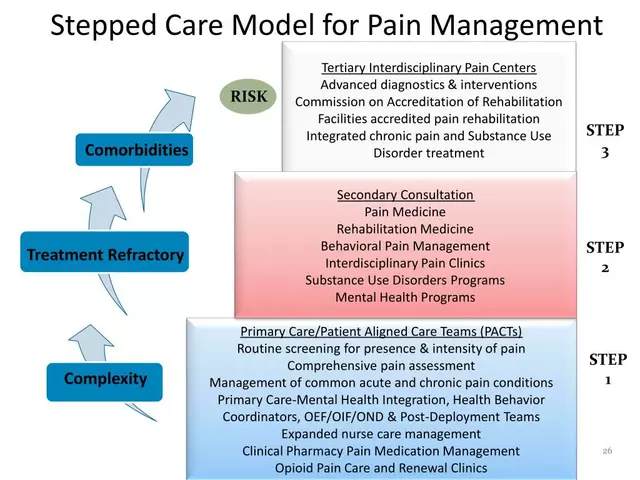People searching for "Florinef" usually need quick answers: what the pill does, how to take it safely, and what to watch out for. This article cuts through the jargon, gives you the facts you need right now, and hands you a checklist so you can feel confident whether you’re a patient, a parent, or a healthcare provider.
- Florinef is the brand name for fludrocortisone, a synthetic mineralocorticoid used mainly for adrenal insufficiency.
- Typical oral doses range from 0.05mg to 0.2mg daily, adjusted to blood pressure and electrolytes.
- Common side effects include fluid retention, high blood pressure, and potassium loss; severe reactions are rare but require immediate medical attention.
- Key drug interactions involve ACE inhibitors, NSAIDs, and potassium‑sparing diuretics.
- Regular lab monitoring (electrolytes, plasma renin activity) helps keep therapy safe and effective.
What Is Florinef and How It Works?
Florinef is a prescription tablet that mimics the body’s natural hormone aldosterone. Aldosterone tells the kidneys to hold onto sodium and water while getting rid of potassium. When the adrenal glands can’t produce enough of this hormone-as in primary or secondary adrenal insufficiency-patients can develop low blood pressure, dehydration, and dangerous electrolyte imbalances.
Fludrocortisone binds to mineralocorticoid receptors in the distal tubules of the kidney, promoting sodium reabsorption and potassium excretion. The net effect is an increase in circulating volume, which raises blood pressure and stabilises electrolyte levels. Because it works on a specific receptor pathway, it’s considered a “targeted” therapy rather than a broad‑spectrum steroid.
Clinical guidelines (e.g., Endocrine Society 2023) recommend Florinef for patients who need additional mineralocorticoid support beyond glucocorticoid replacement. It’s also prescribed for certain forms of congenital adrenal hyperplasia, orthostatic hypotension, and as part of the treatment regimen after adrenal surgery.
Dosage Guidelines, Administration Tips, and Monitoring
Getting the dose right is the most critical step. Too little, and you’ll stay hypotensive; too much, and you risk hypertension and hypokalemia.
| Indication | Starting Dose (mg) | Typical Maintenance Range (mg) | Adjustment Triggers |
|---|---|---|---|
| Primary adrenal insufficiency | 0.05 | 0.05-0.2 | Blood pressure < 90/60mmHg, low Na⁺, high K⁺ |
| Secondary adrenal insufficiency | 0.05 | 0.05-0.1 | Same as primary, but often lower end of range |
| Congenital adrenal hyperplasia (salt‑wasting) | 0.1 | 0.1-0.3 | Persistent hyponatremia or hyperkalemia despite glucocorticoids |
**How to take it:**
- Swallow the tablet whole with a glass of water; do not split or crush unless your doctor says it’s okay.
- Take it at the same time each day, preferably in the morning to match the body’s natural cortisol rhythm.
- If you miss a dose, take it as soon as you remember unless it’s almost time for the next dose-then skip the missed one.
**Monitoring schedule:**
- Baseline labs before starting: serum sodium, potassium, creatinine, and plasma renin activity.
- Re‑check electrolytes & blood pressure after 1 week, then every 2-4 weeks until stable.
- After dose stabilization, move to quarterly checks unless symptoms change.
**Adjustment tips:**
- If blood pressure climbs above 150/90mmHg, reduce the dose by 0.025mg.
- If potassium drops below 3.5mmol/L, consider a dose reduction or add a potassium supplement.
- Persistent hyponatremia despite adequate dosing may signal concurrent medication interference (e.g., NSAIDs) - review the full drug list.

Side Effects, Drug Interactions, and Safety Precautions
Like any medication, Florinef isn’t risk‑free. Knowing the red‑flags lets you act before a problem becomes serious.
Common (mild) side effects (affect up to 15% of users):
- Fluid retention - feel bloated or notice swelling in ankles.
- Headache or dizziness, often linked to sudden blood pressure changes.
- Increased thirst and frequent urination.
- Mild stomach upset.
**Less common but serious** (under 2%):
- Severe hypertension - risk of stroke or heart attack.
- Significant hypokalemia (<3.0mmol/L) leading to muscle cramps, weakness, or cardiac arrhythmias.
- Edema that doesn’t improve with dose reduction, which may suggest an underlying heart or kidney issue.
**Key drug interactions** you should flag with your prescriber:
- ACE inhibitors & ARBs: they blunt aldosterone’s effect, often requiring a higher Florinef dose.
- Potassium‑sparing diuretics (e.g., spironolactone): can push potassium too high, counteracting Florinef’s potassium‑lowering action.
- Non‑steroidal anti‑inflammatory drugs (NSAIDs): may increase sodium retention and raise blood pressure.
- Antifungal azoles (ketoconazole, fluconazole): inhibit steroid metabolism and can potentiate Florinef effects.
**Special populations**
- Elderly: start at the lower end of the dosing range; monitor blood pressure closely.
- Pregnant or breastfeeding women: fludrocortisone crosses the placenta but is generally considered low‑risk; still, dose adjustments are common.
- Children: pediatric dosing is weight‑based (0.001mg/kg/day); always follow pediatric endocrinology guidance.
**When to call a doctor**
- Sudden rise in blood pressure above 160/100mmHg.
- Severe muscle weakness, palpitations, or irregular heartbeat.
- Rapid weight gain (>2kg in a week) accompanied by swelling.
**Practical safety checklist** (keep on your fridge):
- Take the pill at the same time each day.
- Check blood pressure twice weekly for the first month.
- Record any swelling, dizziness, or heart palpitations.
- Schedule labs: electrolytes at week 1, week 4, then quarterly.
- Review all other meds with your pharmacist every 6 months.
Mini‑FAQ
- Can I stop Florinef abruptly? No. Stopping suddenly can cause a rapid drop in blood pressure. taper under medical supervision.
- Is Florinef the same as cortisol? No. Cortisol is a glucocorticoid; Florinef is a mineralocorticoid. Most patients need both types for full adrenal replacement.
- What if I’m on a low‑sodium diet? You may need a slightly higher dose, but always adjust after lab confirmation.
- Can I travel with Florinef? Yes, keep it in original packaging with a copy of the prescription. Carry a short letter from your doctor in case customs asks.
- Are generic versions available? In Australia, the generic name is fludrocortisone acetate 0.1mg tablets; they are therapeutically equivalent.

Next Steps & Troubleshooting
If you’re starting Florinef:
- Talk to your prescriber about baseline labs and the monitoring schedule.
- Set a daily reminder on your phone to take the medication.
- Print the safety checklist and stick it somewhere visible.
If you’re already on Florinef and experiencing side effects:
- Document the symptom, timing, and any recent changes in diet or other meds.
- Contact your healthcare provider; they may adjust dose or switch to a different mineralocorticoid (e.g., desoxycorticosterone).
- Never double the dose to ‘fix’ a low blood pressure episode-this can cause dangerous spikes.
For caregivers or family members, ensure the patient has easy access to their labs and that any new prescriptions are cross‑checked for interactions. A quick chat with the pharmacist can catch hidden risks before they become problems.
Remember, Florinef works best when you treat it as a partnership-regular labs, honest symptom reporting, and steady dosing create the safest environment for managing adrenal insufficiency.






Johnny VonGriz
September 21, 2025 at 02:13
Great summary! I especially appreciate the clear checklist at the end – it’s exactly what patients need to keep on the fridge. Remember to pair Florinef with a consistent morning routine so you don’t miss doses. If you notice swelling in the ankles, a quick weight check can help catch fluid retention early. Always discuss any dose changes with your endocrinologist to avoid overshooting blood pressure targets.